There’s a blue heron rookery in the Ibis pond. There’s also an egret one, but well, these are from the blue herons.
It was feeding time on one nest, and dad was doing the honors.

Every last bit.

All done:
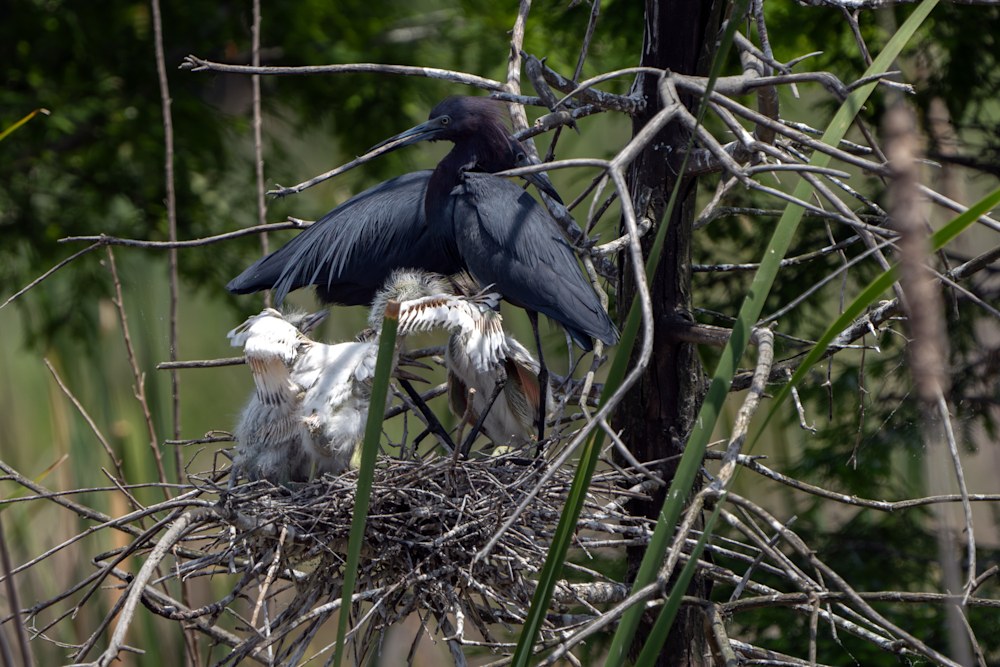 More, Now!
More, Now!
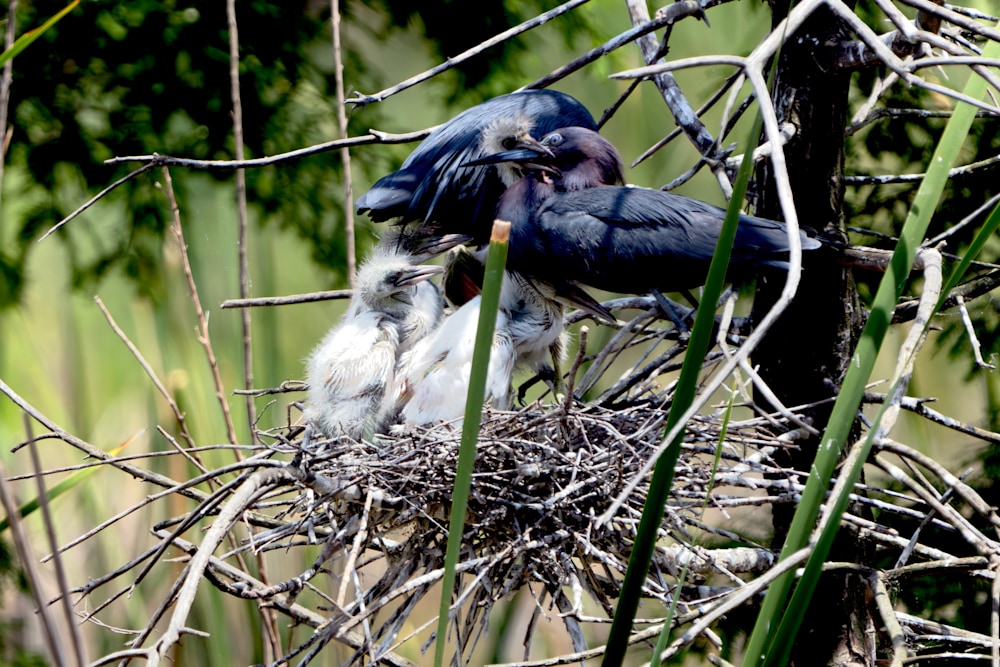
There’s a blue heron rookery in the Ibis pond. There’s also an egret one, but well, these are from the blue herons.
It was feeding time on one nest, and dad was doing the honors.

Every last bit.

All done:
 More, Now!
More, Now!

It can take a surprising amount of layers to get an image the way you want. This isn’t necessarily a particularly great image, but I still want to do my best. Going from:

to
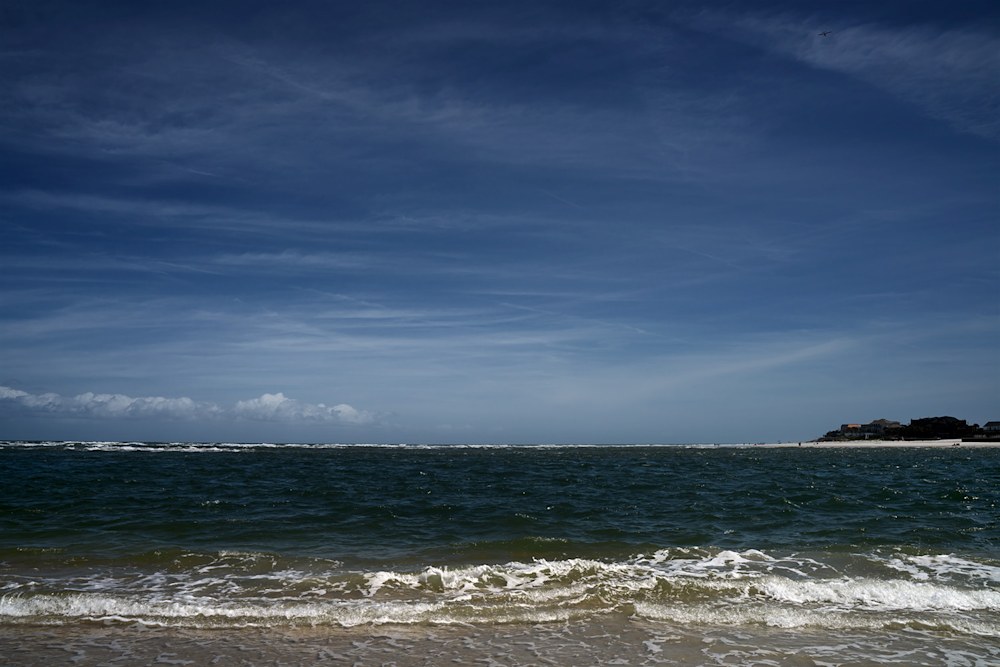 Takes a bit of work.
Takes a bit of work.
I divided it into four layers.
The cloulds:
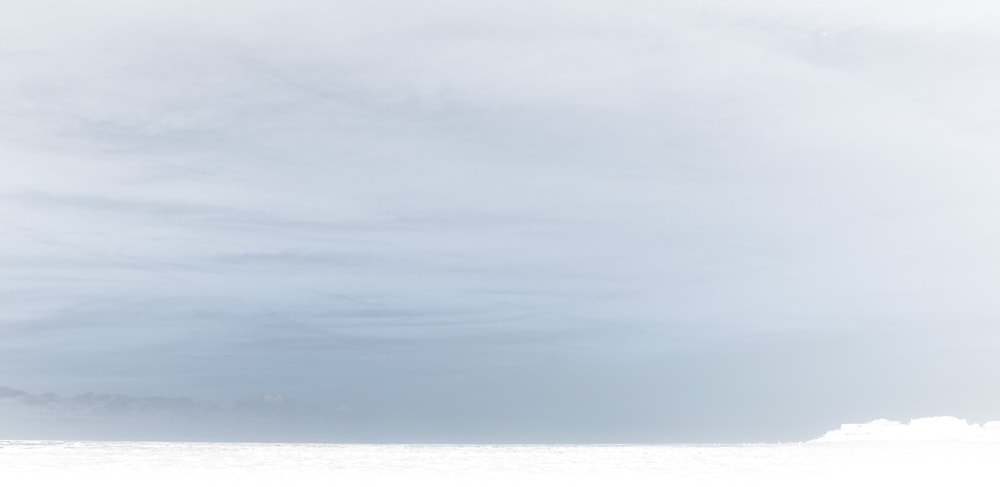
The rest of the sky:
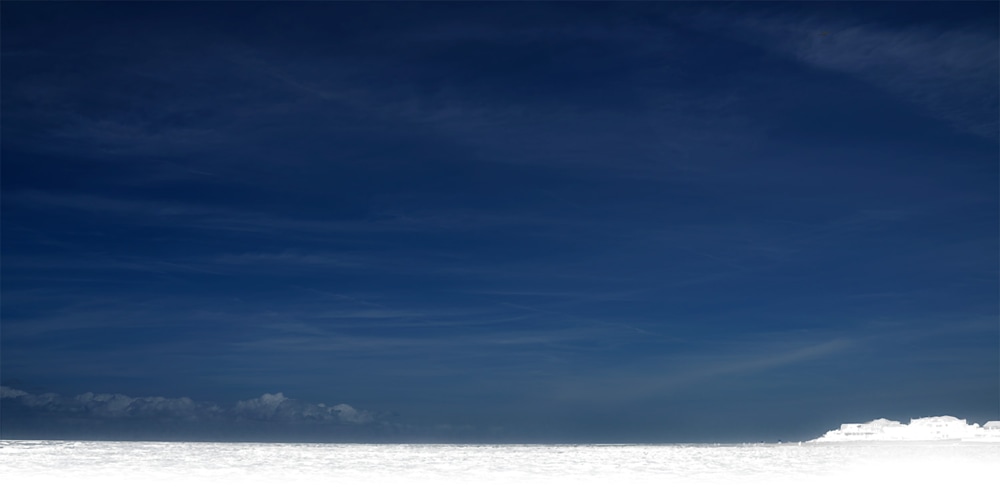 The water:
The water:
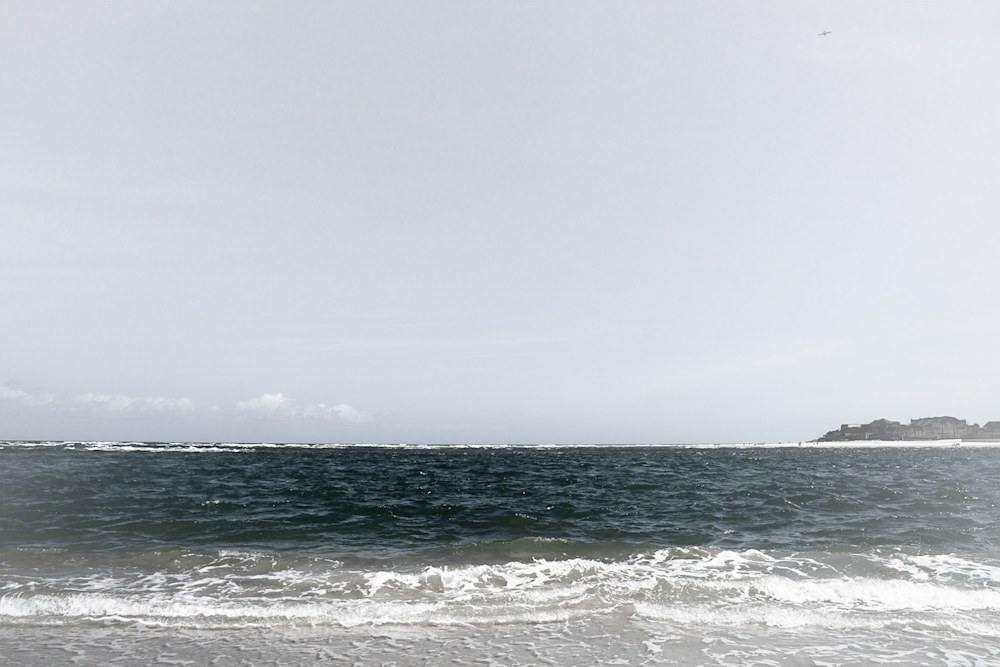
and a background layer to put it all together
I adjusted each layer to get a well blended mixture of the features.
For my work see playfulgallery.com (I changed the name because there are too dangled many Robert Harrisons and my website supports more than one artist.)
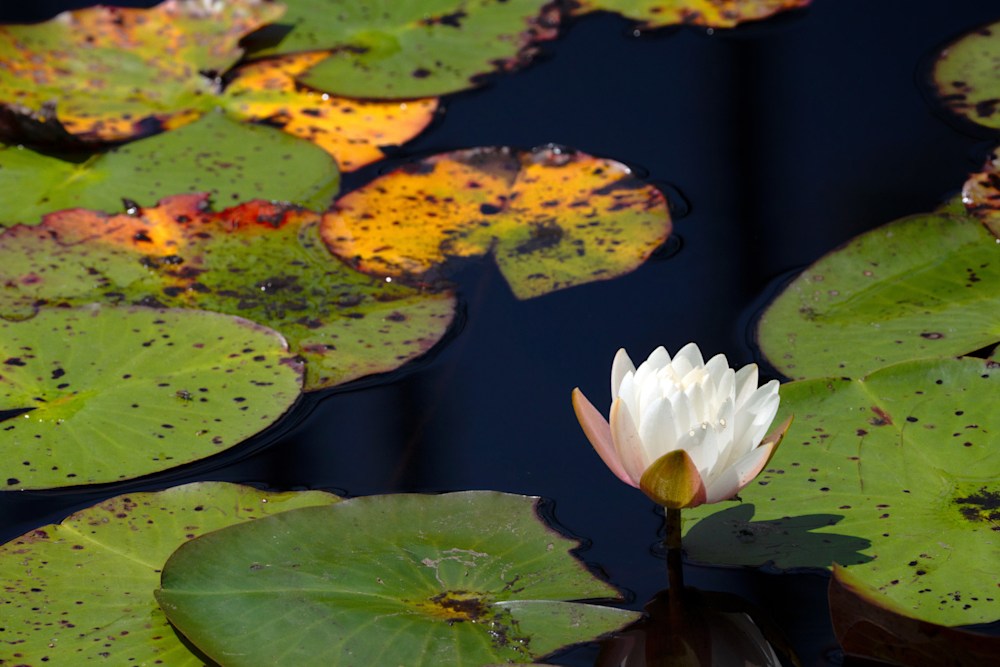
Aurora and I have been exploring the Georgia/Florida border; looking for inspiration. We stopped in the Okefenokee NWR – but with a dog in tow weren’t in a good way to go into the swamp. (You have to canoe and even though Finn is a big dog, he is “munchable” by Gator standards.)
Nonetheless, there are opportunities to see flowers and ‘gators outside of the deep swamp.

It wouldn’t be the Okefenokee without one of these.
I’m somewhat proud of these photographs. One of my favorite tricks is to use a long lens (600mm) to get the image. You’d think a “normal” lens of 50mm or so would be the way to go, but that will distort the image. Basically, if you get close enough for the flower to be large, then you’re so close that the perspective is warped. And unlike star trek, warping isn’t a good thing, unless you’re doing it for a reason.
I processed the image in photoshop by dividing into layers and adjusting each layer individually. For these images, I used three layers: the flower, the black water, and the rest.
Not bad if I say so myself.
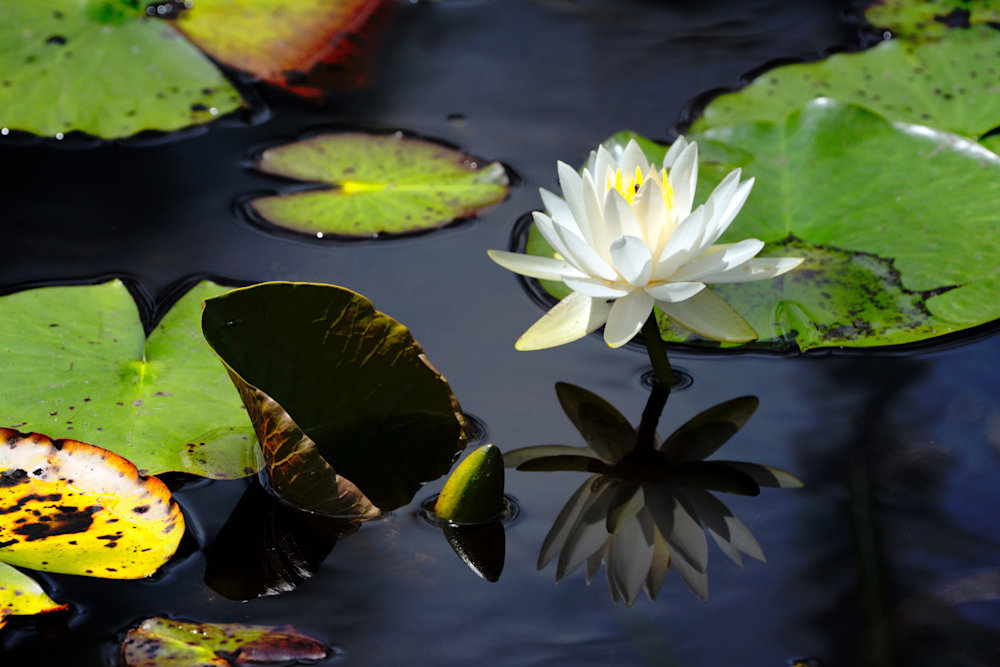
| How I go from a raw image to a photograph in 42 easy steps. There’s a neat trick in photoshop (and gimp) that makes it much easier to adjust photograph intensity and get the image you want. Normally, you would select a color range or a subject, possibly adjust the selection and then use image tools to adjust the image bit by bit to get what you want. This works well when there isn’t much to change, but it’s very hard to backtrack and readjust things because the selection will change after you’ve changed the image. It’s surprisingly easy to go off the deep end and have to start over, again. Here’s an example I just put up on our website. The original is below: |
 |
| It’s a bit flat. Pretty enough, but flat, and grey, and not very interesting. I divided this into four layers: sky, trees, shadow, and rocks (well everything else). Then I could adjust these independently. The sky gets darker, the trees more saturated, the rocks more intense, and the shadow lighter. Suddenly it has a bit of pop. |
 |
| I’m still not sure anyone who isn’t a geologist will really like it, but it is a much improved photograph. (I also had to remove some specks in the sky. I must remember to clean my filters more often.) Here’s another example. This one is St Catherine’s chapel in Abbotsbury UK. The original is bluh and distorted because I’m looking up at it. |
 |
| Three layers are what’s needed: the chapel, the sky, and the ground. I darkened the sky, slightly brightened the building, and adjusted the ground. Photoshop has a perspective warp and I used that to straighten the building. Because of the warp, I had to crop a bit. |
 |
| It’s a much more intense and almost frightening building now. I could probably adjust it a bit more (I wonder if a lighter building would be good), but as it is, I almost expect a spectral friar to gaze malevolently from the tower or perhaps a hapless abbot to rise from his grave at night and pursue the living. Not that any of this will happen. Abbotsbury is a delightful English village and things like that just don’t happen. For more examples please see http://www.robertharrisonfineart.com |
I’ve been playing with focus stacking because it can result in spectacular results.
The sharpness and three dimensionality of this image are a combination of using a telephoto lens for a flat perspective and focus stacking to generate the depth of focus.
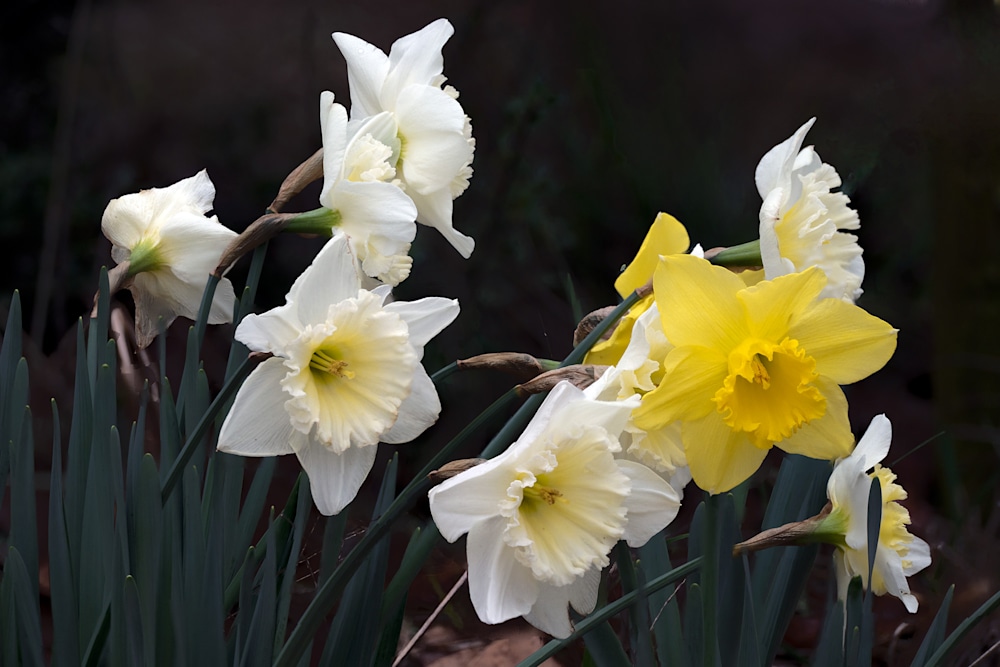
It can also fail spectacularly.
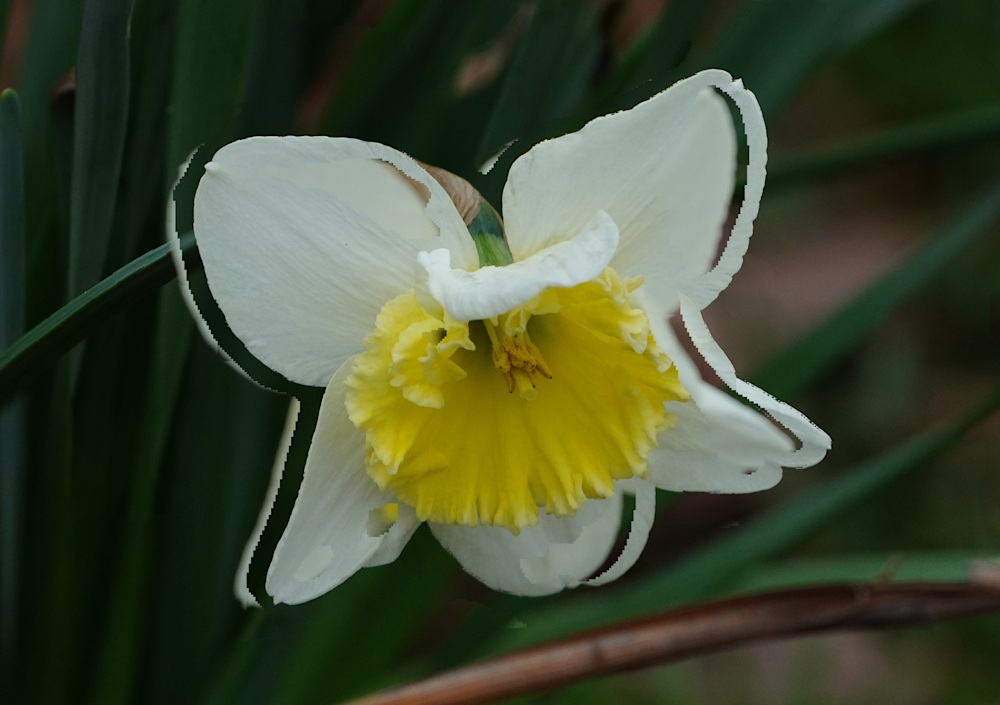
and
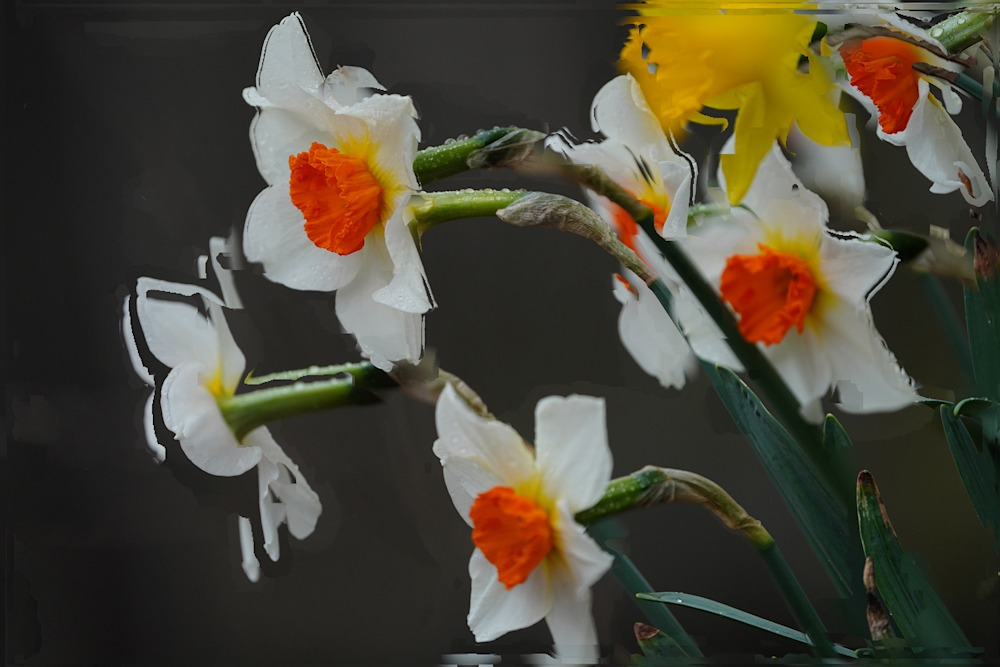
There are a couple of simple ways to fail:
It works surprisingly well when you get it right. I’m looking forward to trying this with landscape photography. The allure of a sharp, sharp foreground and background is hard to pass up.
For more of my work please see www.robertharrisonfineart.com
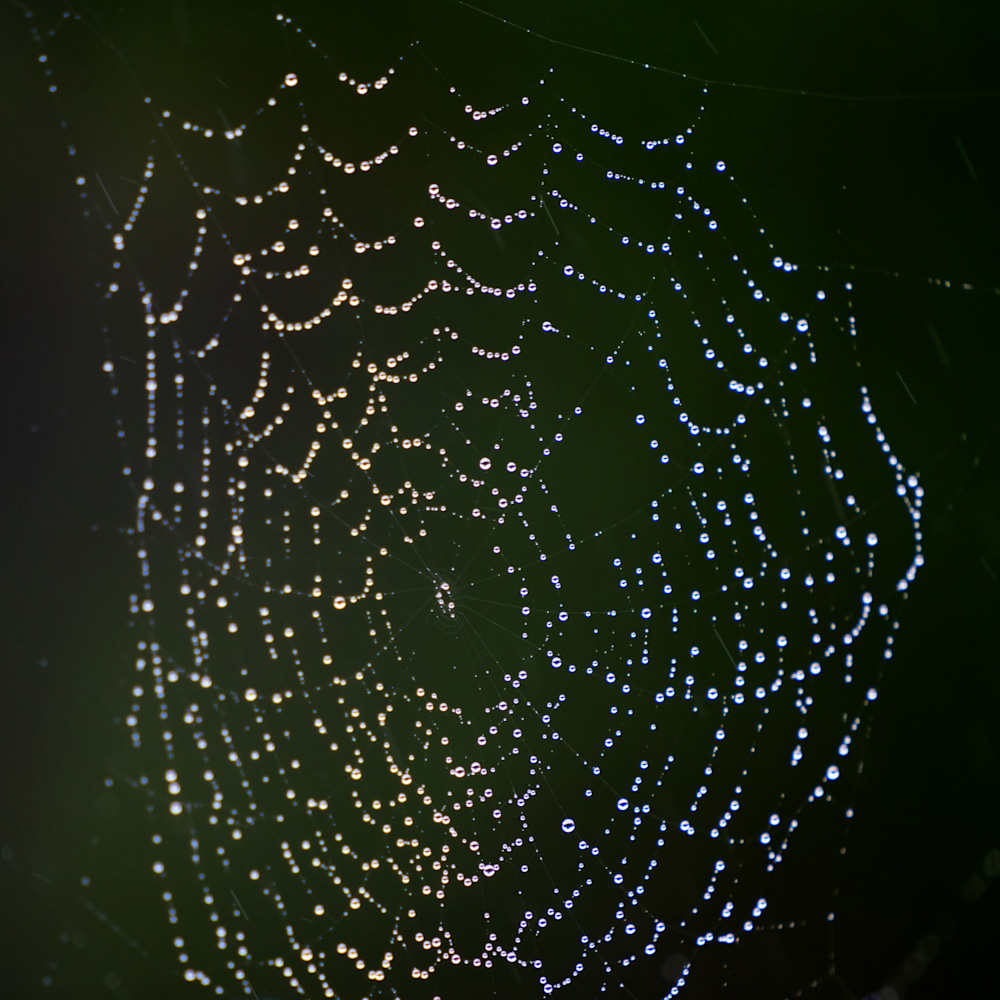
The droplets on this web are neat – both because they make the web visible and because they are colored. The colors are from the reflected light and formed in much the same way as those of a rainbow. Neat?
I love this picture of two does facing off.
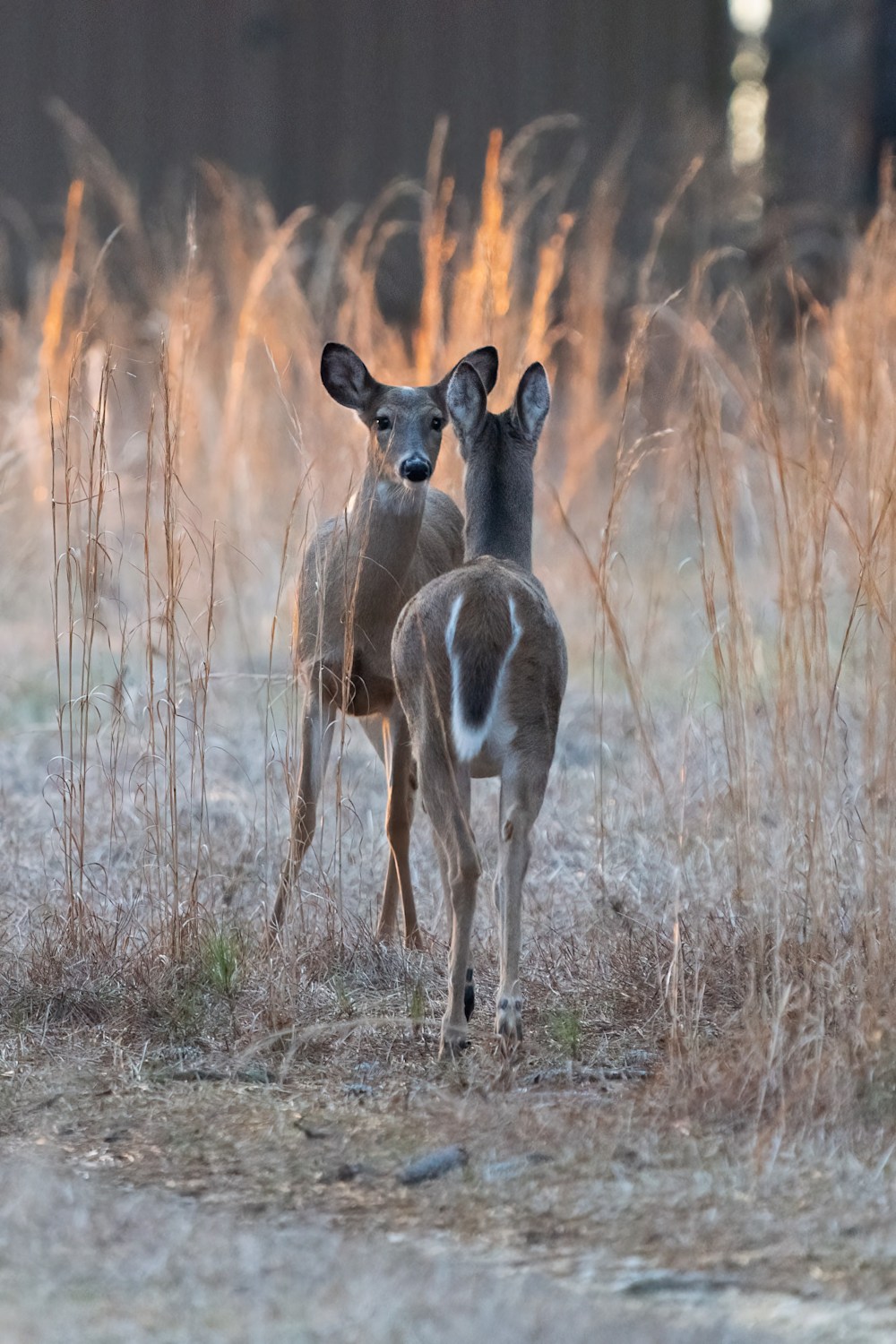
They’re sisters and establishing their relative pecking order.
I took this image at dusk with the sun filtering in from behind them and illuminating the tall grass behind and around the two deer.
One of the pleasures of watching a population of wild animals evolve over time is that you sort of get to know them. We’ve seen these gals with their mother, and brother as they grow from fawns to mature animals. Mom has just decided that it’s time for her girls to strike off on their own. Their brother left last year after being a “spike” buck and we’ve seen him since with a moderate rack. If the hunters don’t get him this year, he’ll be even more handsome next year.
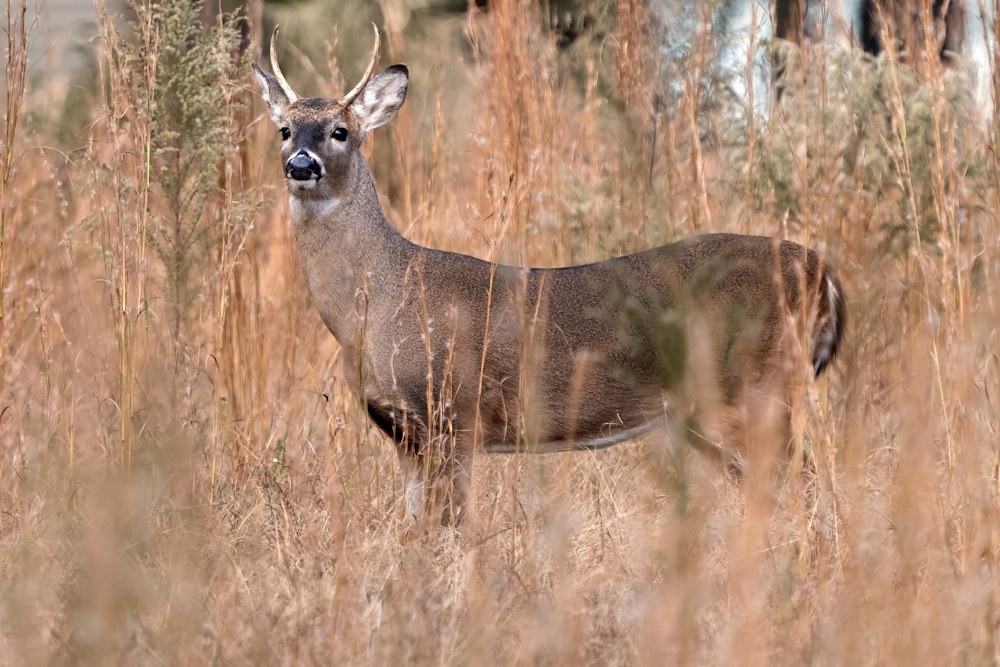
This is him, from earlier in the year.
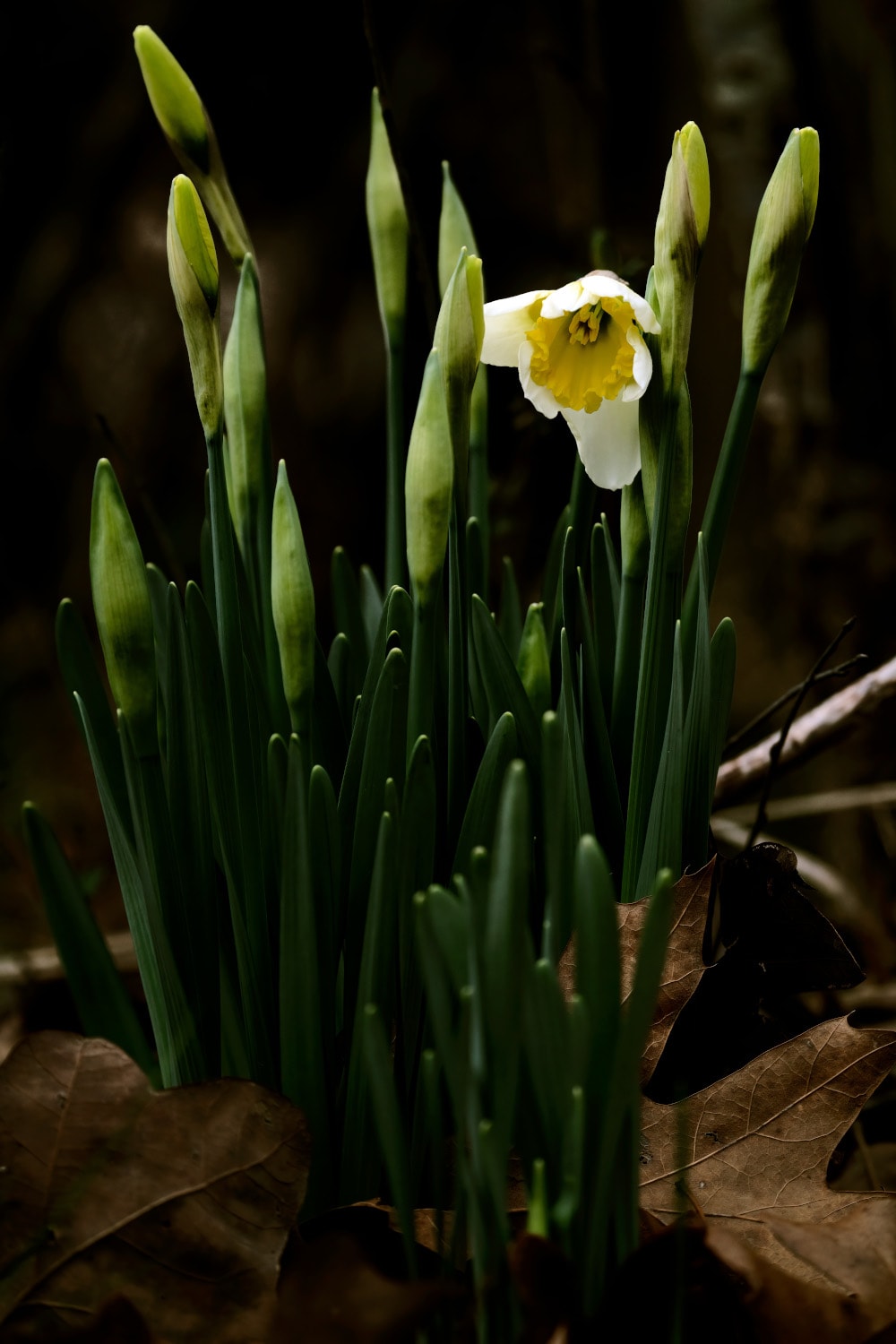
I caught this one flower, the first from its bunch to blossom. The 600mm lens I used let me control the depth of field and I adjusted the saturation and colors to emphasize the bloom and the bunds that were ready to open.
It’s just one of those pretty pictures that one can be philosophical about … or not.
I thought it would be worthwhile to show how a little cropping can make an image. I have rather mixed feelings about cropping as my ideal is to make the image in the viewfinder. It’s not for nothing that I say I admire Henri Cartier-Bresson and his principles.
Principles are nice, but a good image is everything.
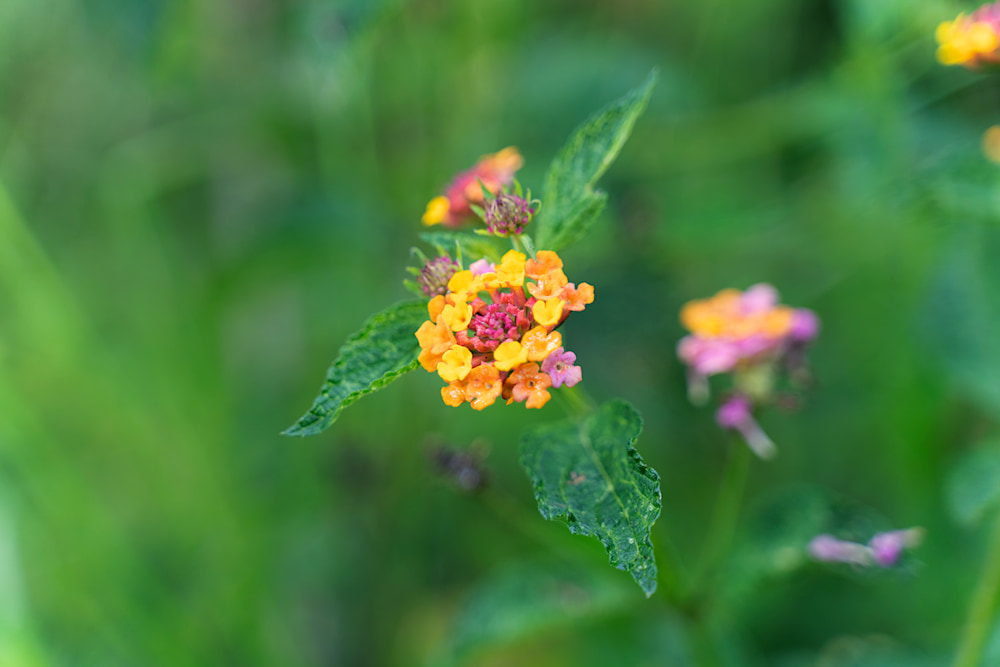
The original image, after correcting the color and intensity, is nice enough, but there’s an awful lot of blurry green background. Once you’ve seen one bit of green blur, you’ve seen it all.
A first crop gives:
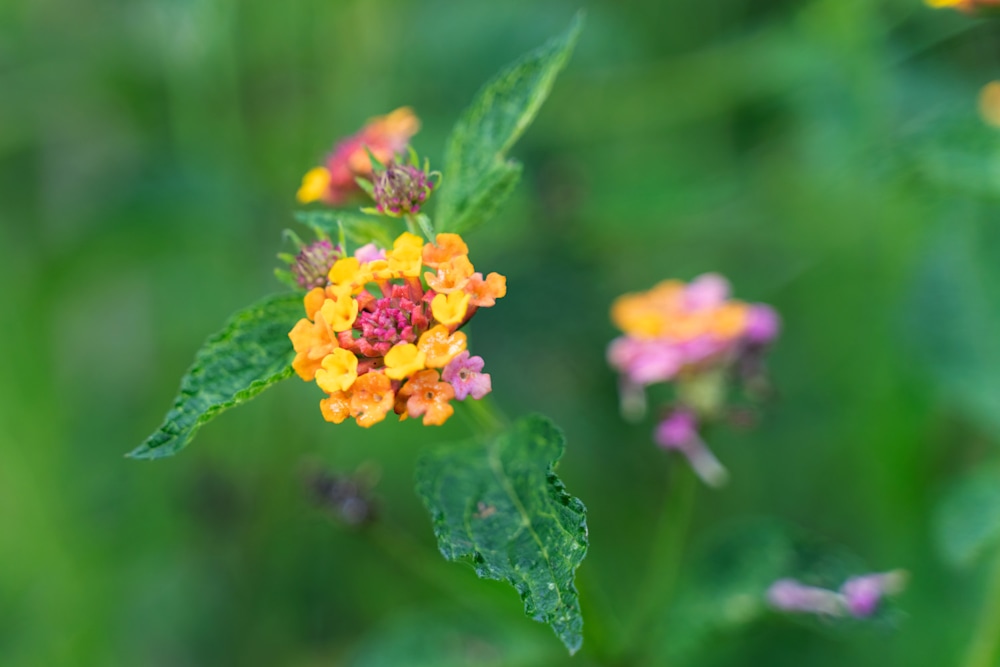
Which is pretty good, but maybe we can do better. Let’s try a square crop:
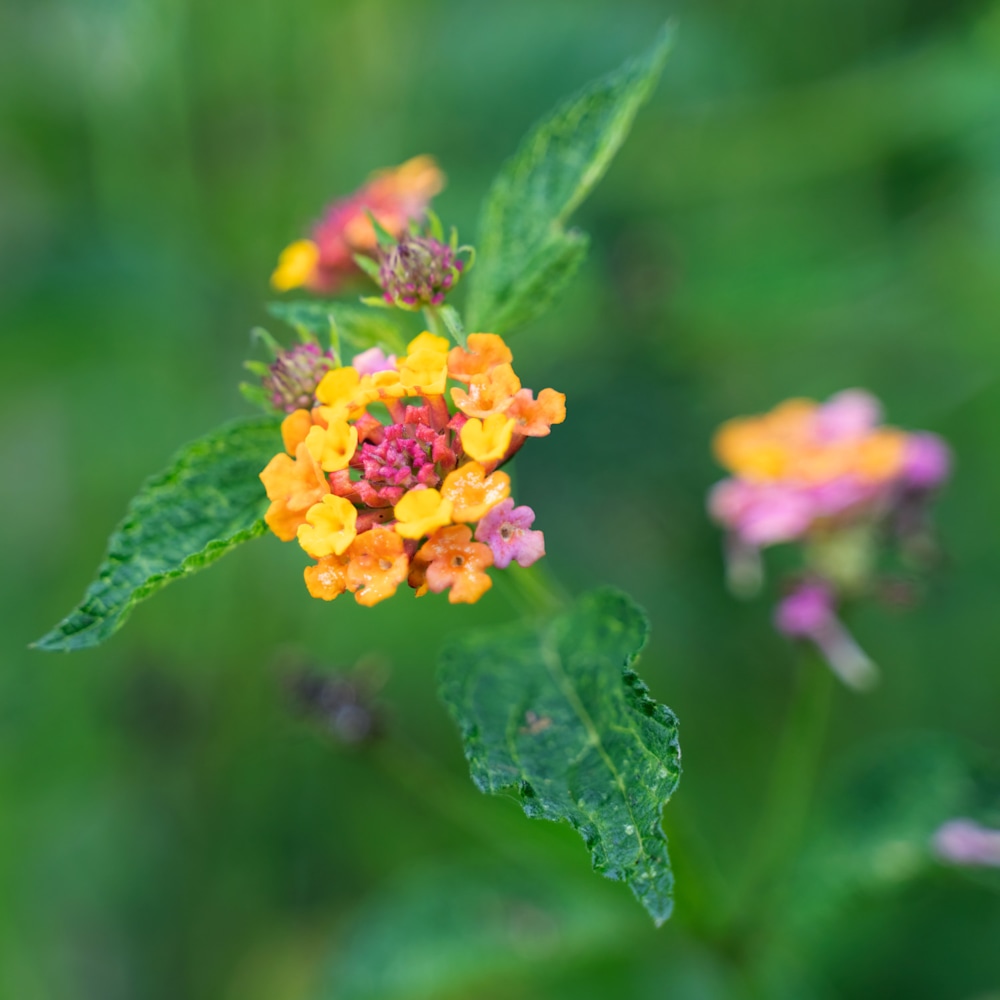
That’s better but let’s see what happens when we get close up:
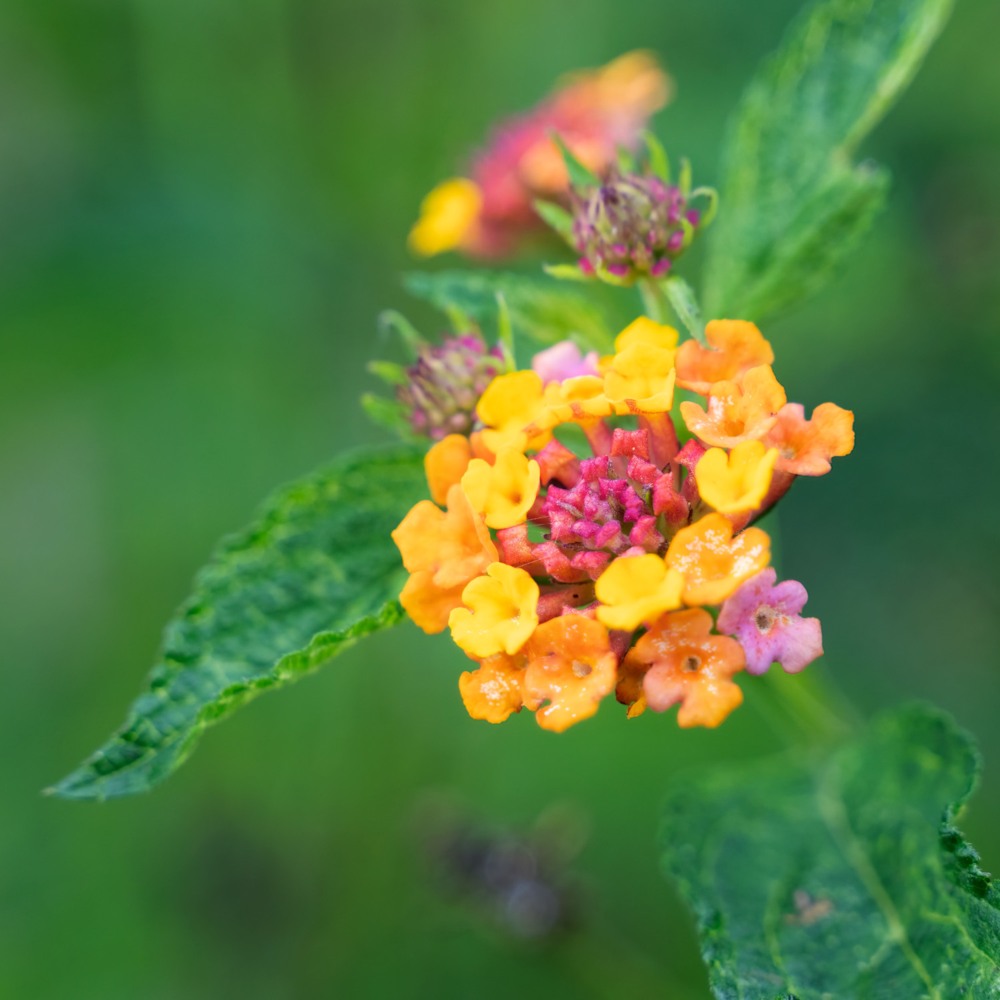
That’s got the main flower right, but something is missing. So we go back to the original aspect ration and stay close in:
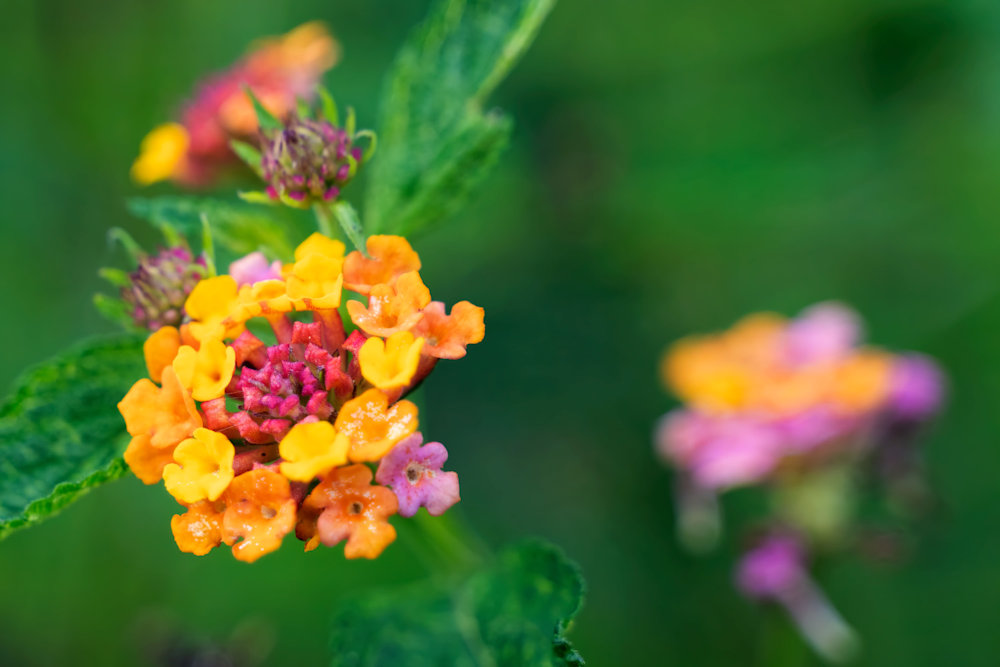
And that’s right. It has the detail but the other blooms balance the image. This image is the one on the website.
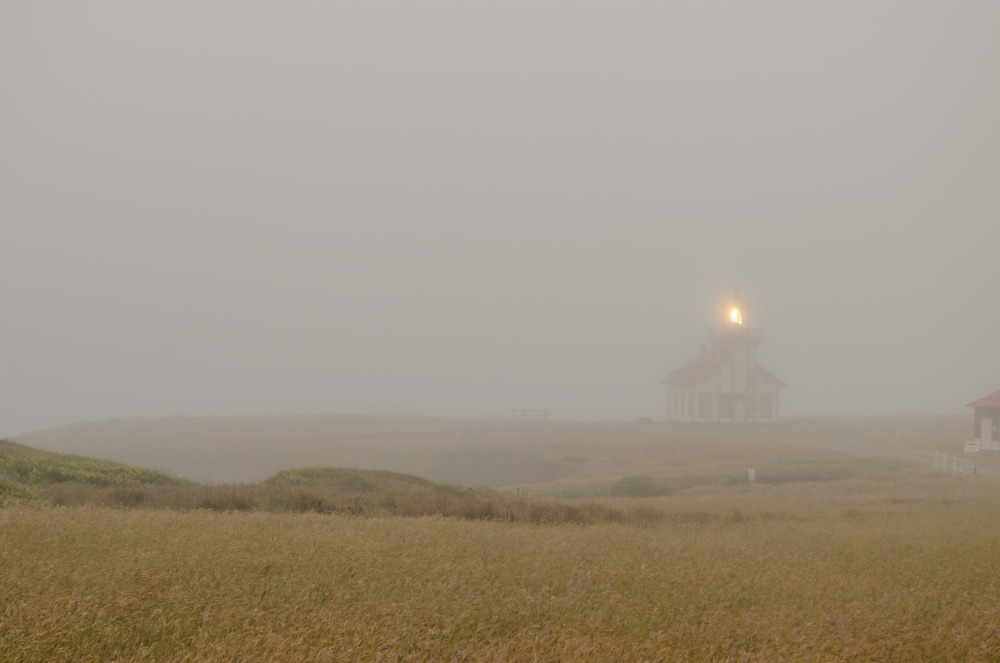
~ Buddhist saying
(Cabrillo Point Lighthouse, California in the fog).